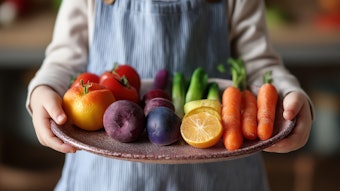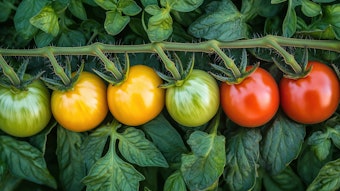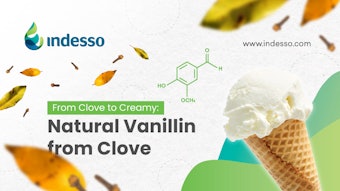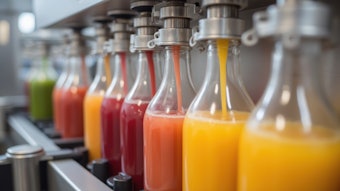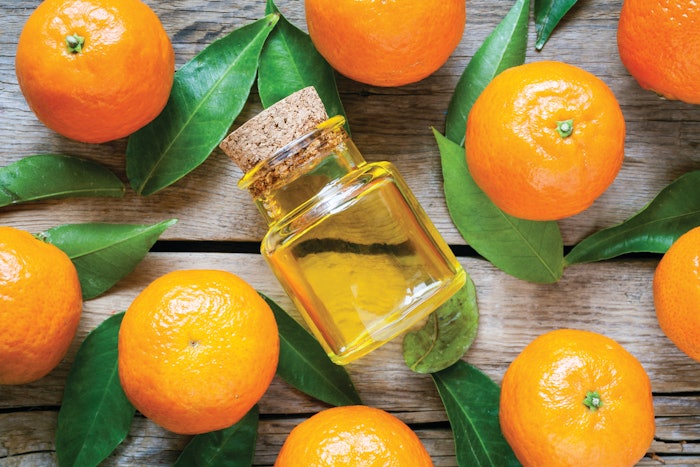
Being that the March issue digs into technology innovations, Perfumer & Flavorist+ reconnected with Ferreira to learn about the nuances of filtration and the many ways in which it can enhance production, increase yield and promote sustainability in the flavor industry.
Perfumer & Flavorist+ [P&F+]: How does filtration relate to more sustainable flavor production?
Marina Ferreira [MF]: Flavor production has traditionally involved time-consuming and inefficient manufacturing methods. One example is the winterization process. There is a need to chill essential oils to temperatures below zero for weeks at a time, enabling waxes to decant from the oil and be removed by gravity-fed racking. This process can be a massive bottleneck in the production process. It demands high energy, limits production capacity, generates significant product losses due to inefficient separation and often produces by-products and hazardous wastes.
Filtration can be used to solve these issues. The use of enclosed filter systems with media made from cellulose, with or without diatomaceous earth, can easily separate flavor contaminants such as solid particulates, waxes, colloidal haze or microorganisms from the fluid. The final product can have the clarity, turbidity and microbiological requirements in a shorter time, resulting in less energy, chilling, labor and waste.
For the full article, please check out the Perfumer & Flavorist+ March 2022 issue.


